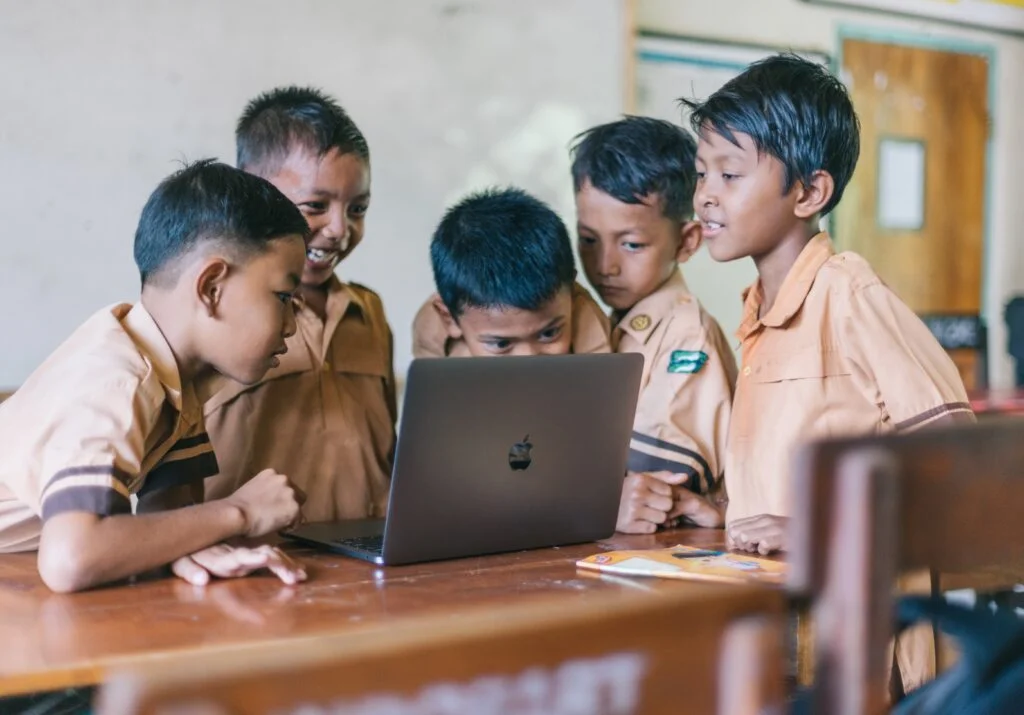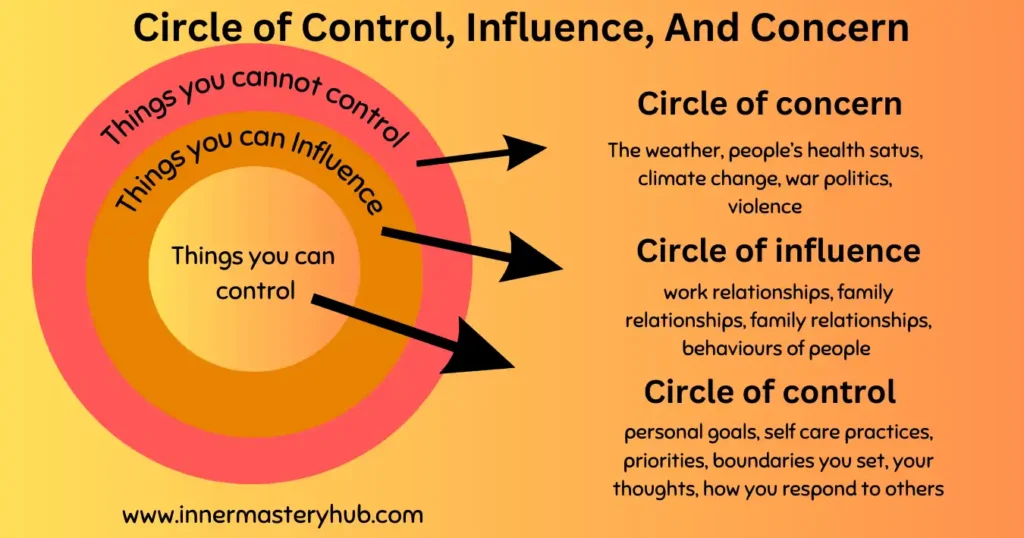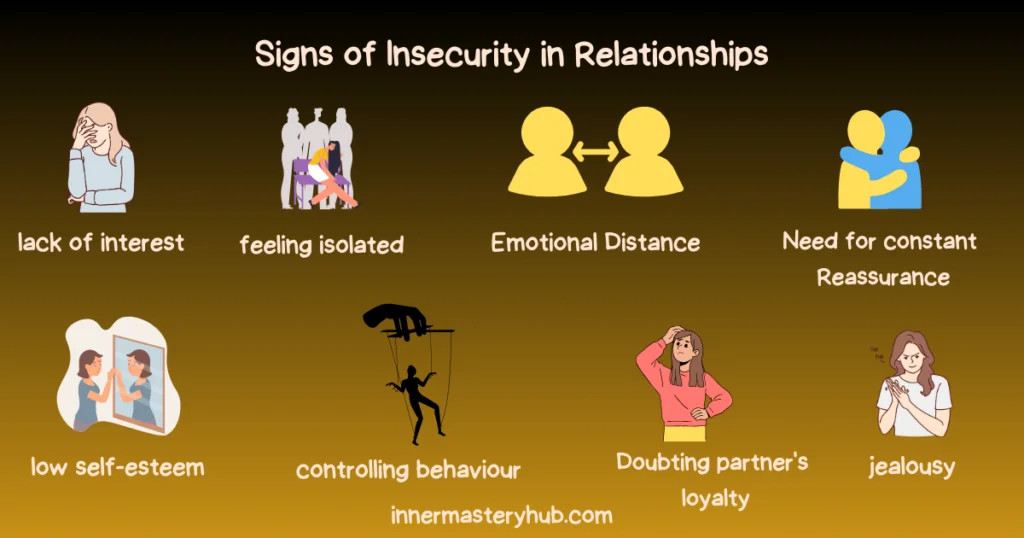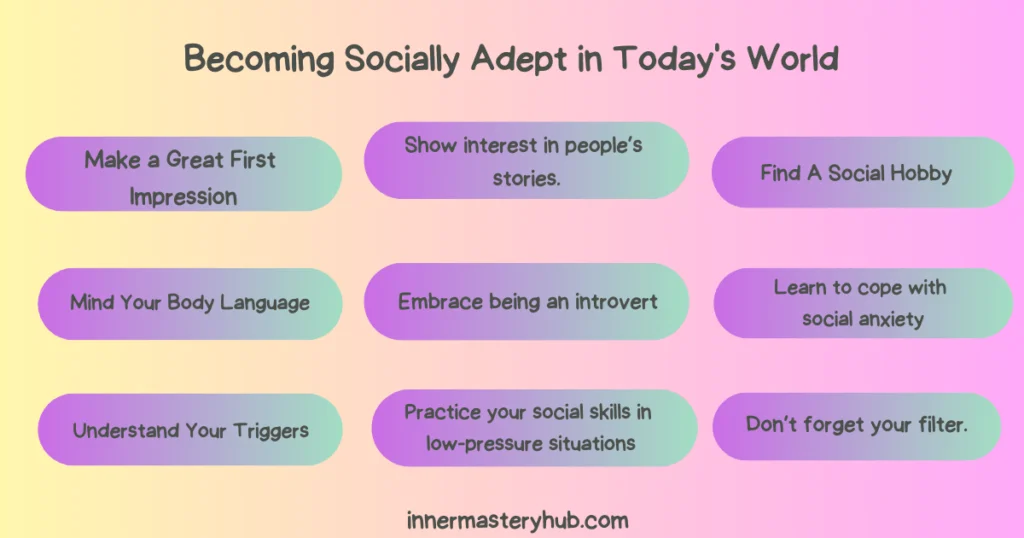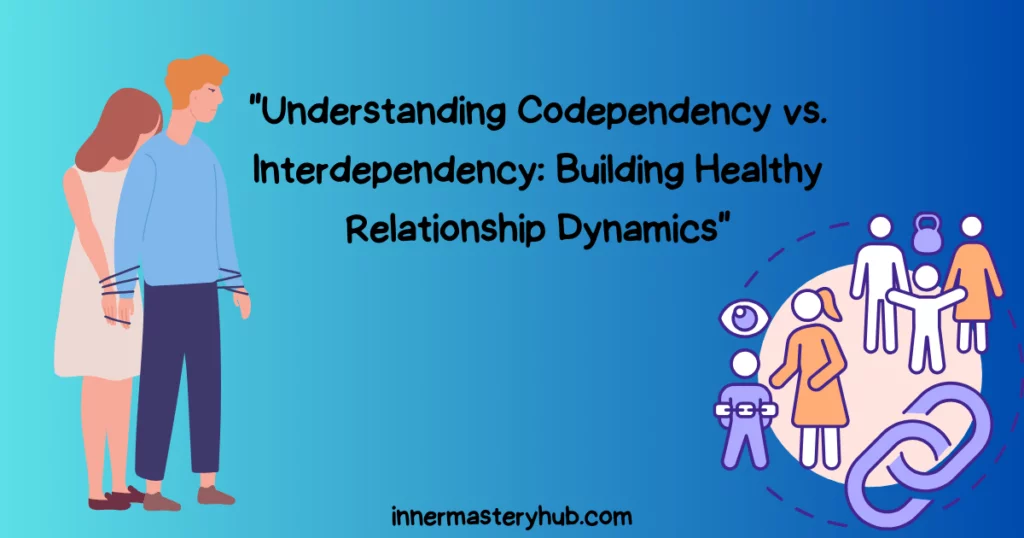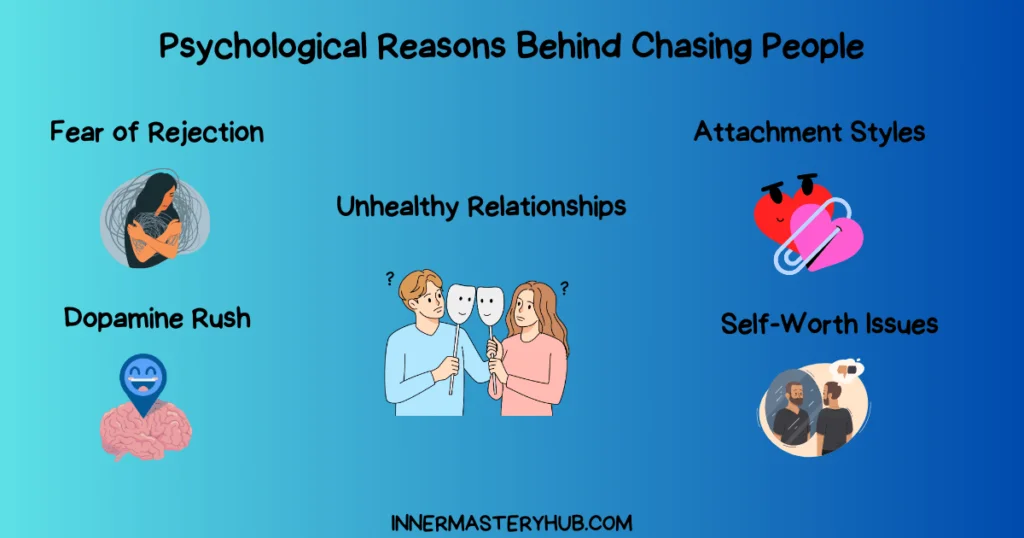
Mixed-race people, or racial ambiguity, are persons who are viewed as belonging to multiple racial ethnicities. It is a useful aspect of our multicultural world and can be a complicated experience.
Racial ambiguity individuals frequently encounter particular difficulties. They could face harassment, discrimination, or stereotypes due to their looks. Moreover, even if they don’t have a strong bond with either race, they could experience pressure to identify with one over the other.
There are many benefits to being racially ambiguous, despite the difficulties. People with racial ambiguity can cross cultural barriers and frequently have a distinct viewpoint on the world. Additionally, they could be more tolerant and open-minded.
Racial Ambiguity: Why It Matters and How to Help Those Who Have It will be covered in this blog post. I offer some original ideas for thinking about racial ambiguity and its numerous advantages.
Table of Contents
What is Racial Ambiguity?
The experience of being seen as belonging to more than one race or ethnic group is known as racial ambiguity. This may be the result of one’s appearance, heritage, or cultural upbringing. Many experiences, both good and bad, can result from racial ambiguity.
On the one hand, people of mixed races could be perceived as more exotic or appealing. They might also get the chance to encounter and learn about other cultures. People of mixed races, however, could experience prejudice or discrimination from others. They might also believe that they are not part of any one race.
Racial ambiguity is not a binary problem. The experiences of people of mixed races can be very diverse. While some may feel more at odds with their racial identity, others may feel more at ease.
Here are some examples of racial Ambiguity:
- A person who is half Black and half white may be perceived as Black and white by others.
- A person who is half Asian and half Hispanic may be perceived as being Asian by some people and Hispanic by others.
- A person who is Native American and white may be perceived as being Native American by some people and white by others.
Why Racial Ambiguity Is An Experience That We Should Be Aware Of
We should be conscious of racial ambiguity since it is a distinct and significant aspect of the human experience. It is crucial to show empathy and support for those who are racially ambiguous because they frequently confront particular difficulties and experiences.
A great advantage of being racially ambiguous is that they frequently have a thorough understanding of many cultures and viewpoints. Change may be positively impacted by these individuals’ propensity to question conventional ideas of race and identity.
Discrimination and prejudice can stem from racial ambiguity. Both the majority and minority groups to which these individuals belong view them as outsiders. Emotional suffering, feelings of loneliness, and uncertainty might result from this.
Related: The Psychology Behind Feeling Personally Attacked and How to Cope
The Challenges Racially Ambiguous People Face
Racially ambiguous people face many challenges, including:
- Discrimination and prejudice. Members of both the dominant and minority groups may discriminate against racially ambiguous individuals. There are several possible causes for this, such as racism, colorism, and xenophobia.
- identify confusion. Racially ambiguous people may feel as though they do not belong to a single race, which can lead to identity uncertainty. Feelings of loneliness, isolation, and uncertainty may result from this.
- tiny-scale hostility. Microaggressions, which are imperceptible and frequently inadvertent manifestations of racism, can occur among racially ambiguous people. Because microaggressions can be upsetting and invalidating, it can be hard for racially ambiguous persons to feel confident in themselves.
- Stereotyping. People who are racially ambiguous may be stereotyped by others. This may result in misunderstandings regarding their experiences, background, and culture.
- Insufficient representation. The media and other popular culture outlets frequently underrepresent those who identify as racially ambiguous. Because of this, they could find it challenging to recognize themselves in the world.
- Intersectionality. Experiences become more complex when racial ambiguity interacts with other facets of a person’s identity, such as gender or socioeconomic background.
What are the Privileges Of Looking Racially Ambiguous?
There are a few privileges that racially ambiguous people may experience.
- People could think they’re more exotic or appealing. This is because many racial groups may find some of their qualities appealing. An individual who is half Asian and half White, for instance, can have the almond-shaped eyes of an Asian and the fair skin and hair of a White person. Both white people and Asians may find this mix of traits appealing.
- It is possible that they will have the chance to encounter and learn about various cultures. It might be possible for persons who are racially ambiguous to grow up in a home that values several cultures. This can be a worthwhile experience that helps kids gain a profound awareness of various lifestyles.
- They could be able to establish connections with individuals of various racial backgrounds. People who are racially ambiguous might feel more at ease engaging with members of other racial groups because they don’t feel like they fit into any particular group. Since it can enable them to establish connections with a wider variety of individuals, this can be a very beneficial asset.
Some ways to support racially ambiguous people
Here are some ways to support racially ambiguous people:
- Recognize your preconceptions and biases. Although everyone has prejudices, it is crucial to recognize them to confront them.
- Show consideration for the racial identity of others, regardless of it. Please refrain from assuming someone’s race-based just on their appearance.
- Defend against discrimination and racism. When you witness someone being discriminated against, speak up and spread awareness of the value of racial equality.
- Make the world a more hospitable and inclusive place for everyone. Supporting laws and programs that advance racial inclusion and fairness is one way to do this.
RELATED: 9 Powerful Steps to Achieve Profound Transformation During a Soul-Crushing Life Crisis
FAQS
How do people who are single race experience racial Ambiguity?
When dealing with persons of different races, people who fall under a single racial categorization may yet suffer racial ambiguity. They could find it difficult to comprehend or react to someone’s identity when it deviates from conventional societal classification, which could result in misunderstandings or inquiries concerning their origins.
The toll of racial Ambiguity?
For those who are racially ambiguous, the consequences of racial ambiguity include identity issues, ongoing doubt, and psychological distress. They might experience prejudice, stereotypes, and microaggressions, which could affect their feeling of self-worth, sense of community, and capacity to get opportunities and resources.
Physical features of multiracial populations or racially ambiguous faces?
Multiracial communities’ varied genetic backgrounds result in a wide range of physical characteristics. Combinations of traits from several racial or ethnic groups, such as skin color, black hair, curly hair texture, light complexion, black women, and eye shape, may be seen in them. People who belong to the multiracial category are distinct and represent their mixed origin because of their varied physical traits.

